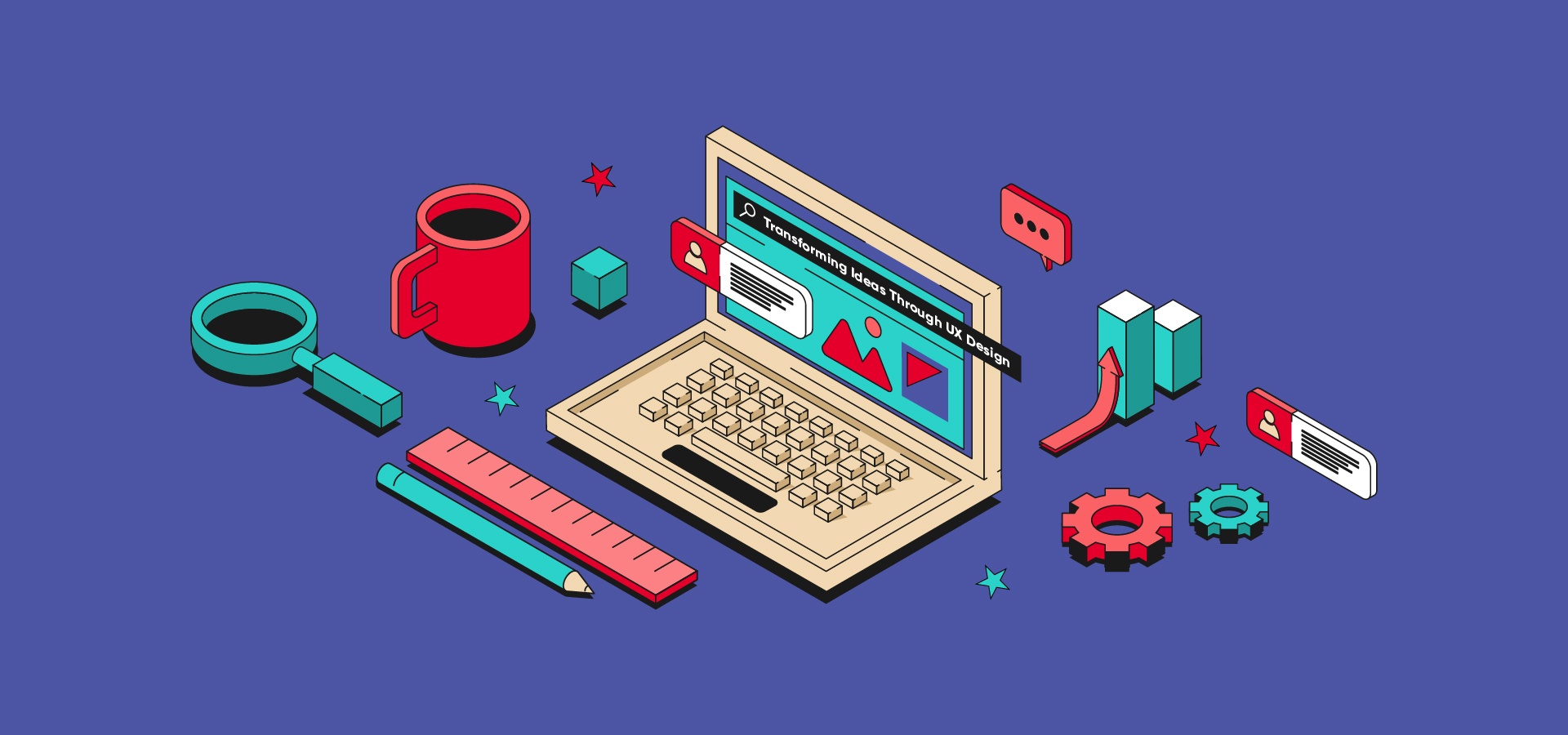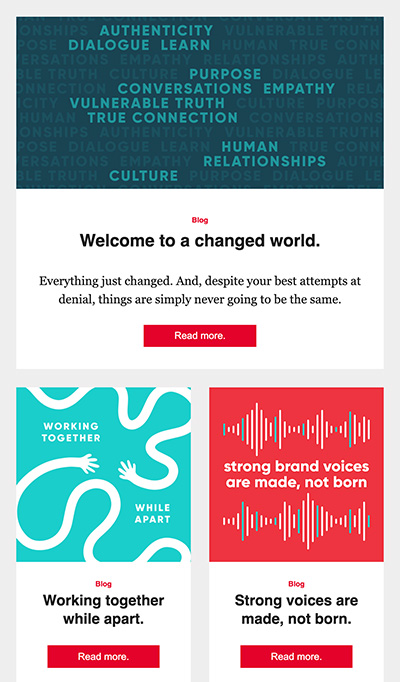Transforming Ideas/Concepts into Intuitive Experiences Through UX Design
Web design demands a structured, refined approach that begins with understanding user needs and goals. In today’s digital world where everything is available on the web, user experience (UX) plays an important role. UX design is not merely about aesthetics; it’s about creating meaningful interactions that resonate with the users’ mental model. In this blog post, we’ll delve into a step-by-step process from defining the problem to iterating on solutions, ensuring that our end product aligns perfectly with user needs and client goals.

Phase 1: Define
In this phase we start by leveraging analytics, competitive research, surveys, and client/user interviews to learn about the current framework. By collaborating closely with clients, we gain insights into their goals/objectives and understand their audience better. Our media team digs into and provides valuable data and information from SEO audits and site analytics, figuring out the current landscape to identify target audiences and SEO opportunities. This phase lays the groundwork for the rest of the process.
Phase 2: Empathize
With all of the data gathered, we proceed with generating artifacts that enable us to empathize with the end-users and humanize the numbers.. Artifacts serve as tangible results from prior research and data. Some common artifacts generated as a part of the UX design process include user persona and journeys. We start with identifying different types of users that come to the platform and what their goals are and craft personas based on these users that serve as artifacts for the rest of our process. Mapping out user journeys based on the personas we created provides a roadmap of what actions a user can perform, guiding us through the intricacies of user interactions and experiences. This empathetic approach ensures that our design resonates with real people and addresses their needs effectively.
Phase 3: Build
With insights gathered and user personas and journeys mapped out, we transition into wireframing and prototyping. Here, we build the skeleton/structure of the website, and outline the structure, content hierarchy, and navigation flow such that it streamlines the user’s journey and ensures seamless interaction and navigation. Prototypes visually represent the flow of the website and this allows for early feedback and refinement before going into design.
Phase 4: Iterate
Multiple rounds of iterations refine the wireframes, fine-tuning interactions and hierarchy to a point where we ensure that the experience and flow is intuitive. The iterative approach enables us to pivot faster in response to evolving needs of clients and users. Each iteration brings us closer to a design that is user-centric/intuitive and reduces any changes that need to be made during design and development stages.
Phase 5: Test
In this phase, we test our wireframes through moderated usability testing. We engage real users/target audiences to interact with our prototypes. Through tasks, we observe how users navigate through the interface, identify pain points, and gauge the overall user experience. Feedback gathered during usability testing provides insights into areas of improvement, uncovering challenges the user might face and validating the approach.
Phase 6: Design
The design phase brings in aesthetics and brand values to the wireframes by incorporating visual elements and branding guidelines. Our design team works on creating visually compelling interfaces that align with the client’s brand identity and also enhance the overall user experience.
By following a systematic approach that involves research, empathy, prototyping, iteration, and usability testing, we navigate the complexities of the design process keeping our target audience in mind. At every step, our focus remains on the end-user, ensuring a delightful yet intuitive web experience.

